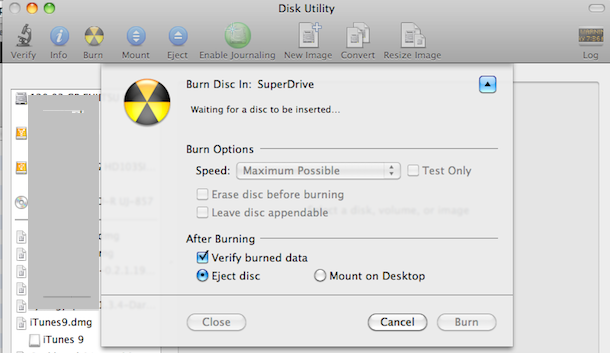

The license keys can be found on the page where you downloaded the ISO by expanding the Preinstall Information section.

So if you want to check out either the GUI or Server Core make sure you choose either the Windows with or without “Desktop Experience”. Most critically beware that since TP3 you cannot turn the Windows GUI on and off with the Powershell Install-WindowsFeature command. Beware there’s no “back” in the interface so if you move on to the next stage and change your mind you’ll need to start over. Select your Language and follow through the Wizard. The installation process for Windows is fairly simple. Select your VM and click “Play virtual machine”. Also ensure you set the VM to have at least 2 cores. Finally click “customise hardware”, click processors and tick “Virtualize Intel VT-X/EPT or AMD-V/RVI”. Name your VM and choose how large you want the disk. Select Windows and Server 2016 (obviously –but its nice Workstation has this as an option, VirtualBox did not). In VMWare Workstation select Create a new Virtual Machine. You’ll need to register to get access to the link.
Free iso mount 2016 full#
I suspect (but have not confirmed) that if you’re running Windows 8 or 10, you could use the desktop Hyper-V feature instead, but as i’m running Windows 7 this wasn’t an option.ĭownload the Windows Server 2016 TP5 Full ISO. As such I instead recommend VMWare Workstation 12 Player (which is free for non-commerical use).ĭownload VMWare Workstation 12 Player from here and install.
Free iso mount 2016 install#
Initially I got Windows Server 2016 up and running under Oracle’s VirtualBox, but I later discovered that it did not support Nested Virtualisation which means you can’t install the Hyper-V feature within your VM and test out Hyper-V containers. There are a number of desktop virtualisation tools to choose from. I am going to explore Containers in a later post, but here i’m going to cover how I chose to get the OS up and running, as when I came to do it I struggled to find a recommendation on where to test it. I was keen to see the new version in action, particularly since attending a talk recently on Windows Containers, which have been a feature available for testing since TP3. On the 27th of April 2016 Microsoft released Technical Preview 5 of Windows Server 2016.


 0 kommentar(er)
0 kommentar(er)
